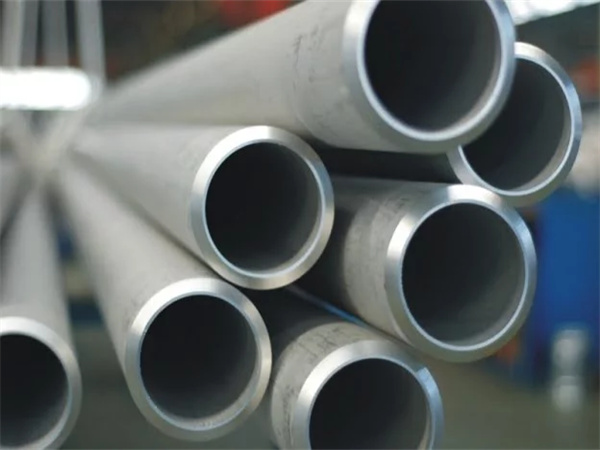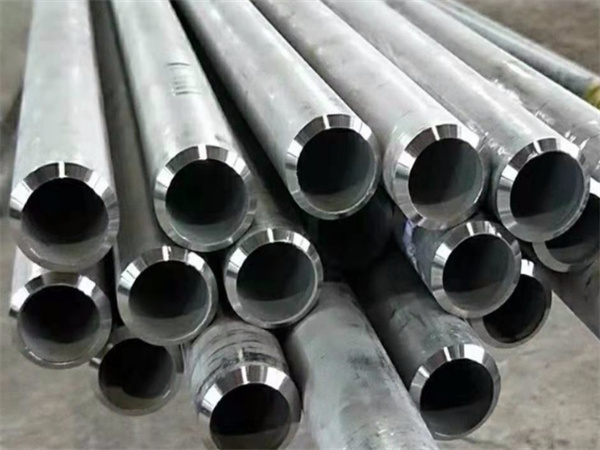304 stainless steel pipe is a grade of stainless steel produced according to the American ASTM standard. 304 stainless steel pipe is equivalent to my country's 0Cr19Ni9 (0Cr18Ni9) stainless steel pipe. 304 contains 19% chromium and 9% nickel.
304 stainless steel pipe is the most widely used stainless heat-resistant steel, food equipment, general chemical equipment, nuclear energy industry equipment.304 stainless steel pipe is the most widely used stainless steel and heat-resistant steel. Used in food production equipment, general chemical equipment, nuclear energy, etc.

SUS304 ≤ 0.08 ≤ 1.00 ≤ 2.00 ≤ 0.05 ≤ 0.03 18.00-20.00 8.25~10.50
From the perspective of metallography, because stainless steel contains chromium, a very thin chromium film is formed on the surface. This film isolates it from the oxygen intruding into the steel and plays a role in corrosion resistance. To maintain the inherent corrosion resistance of stainless steel, the steel must contain more than 12% chromium.
321 stainless steel pipe: mainly used to manufacture high-quality carbon structural steel, alloy structural steel and stainless heat-resistant steel seamless pipe for steam boiler pipes with high pressure and above pressure. These boiler pipes work under high temperature and high pressure 1. The pipe will also be oxidized and corroded under the action of high-temperature flue gas and water vapor. Therefore, the steel pipe is required to have high durable strength, high oxidation resistance, and good organizational stability.

the
321 ss pipe
The exploitation of oil and natural gas is inseparable from well drilling. Seamless steel pipes for oil drilling for geological drilling control are the main equipment for drilling, mainly including core outer pipes, core inner pipes, casings, drill pipes, etc. 1cr5mo alloy pipe is used because the drilling pipe needs to go deep into the formation depth of several thousand meters.
The working conditions are extremely complex, and the drill pipe is subjected to stresses such as tension, compression, bending, torsion and unbalanced impact loads, and is also subject to mud and rock wear. Therefore, the pipe must have sufficient strength, hardness, wear resistance and impact toughness. , the steel used for steel pipes is represented by "DZ" (geological Chinese pinyin prefix) plus a number one to represent the steel yield point. The commonly used steel grades are 45MnB and 50Mn of DZ45; 40Mn2 and 40Mn2Si of DZ50; 40Mn2Mo and 40MnVB of DZ55; 40MnMoB, 27MnMoVB of DZ65. Steel pipes are delivered in a heat-treated state.
Petroleum cracking tubes: seamless tubes for furnace tubes, heat exchanger tubes and pipelines used in petroleum refineries. Commonly used high-quality carbon steel (10, 20), alloy steel (12CrMo, 15CrMo), heat-resistant steel (12Cr 2Mo, 15Cr5Mo), stainless steel (1Cr18Ni9, 1Cr18Ni9Ti) manufacturing. In addition to the chemical composition and various mechanical properties of the steel pipe, it is also necessary to ensure the water pressure, flattening, flaring and other tests, as well as surface quality and non-destructive testing. Steel pipes are delivered in heat-treated condition.